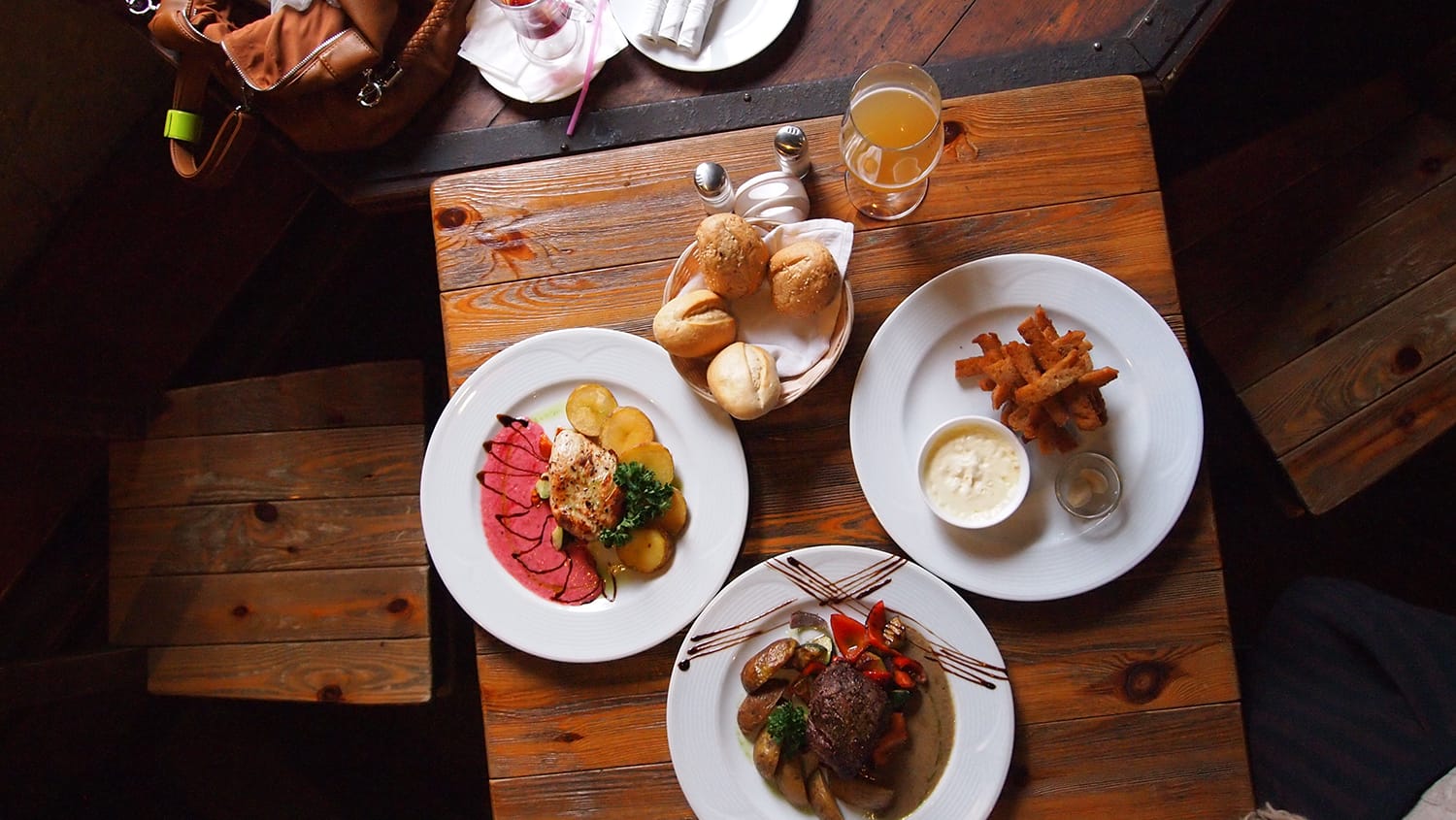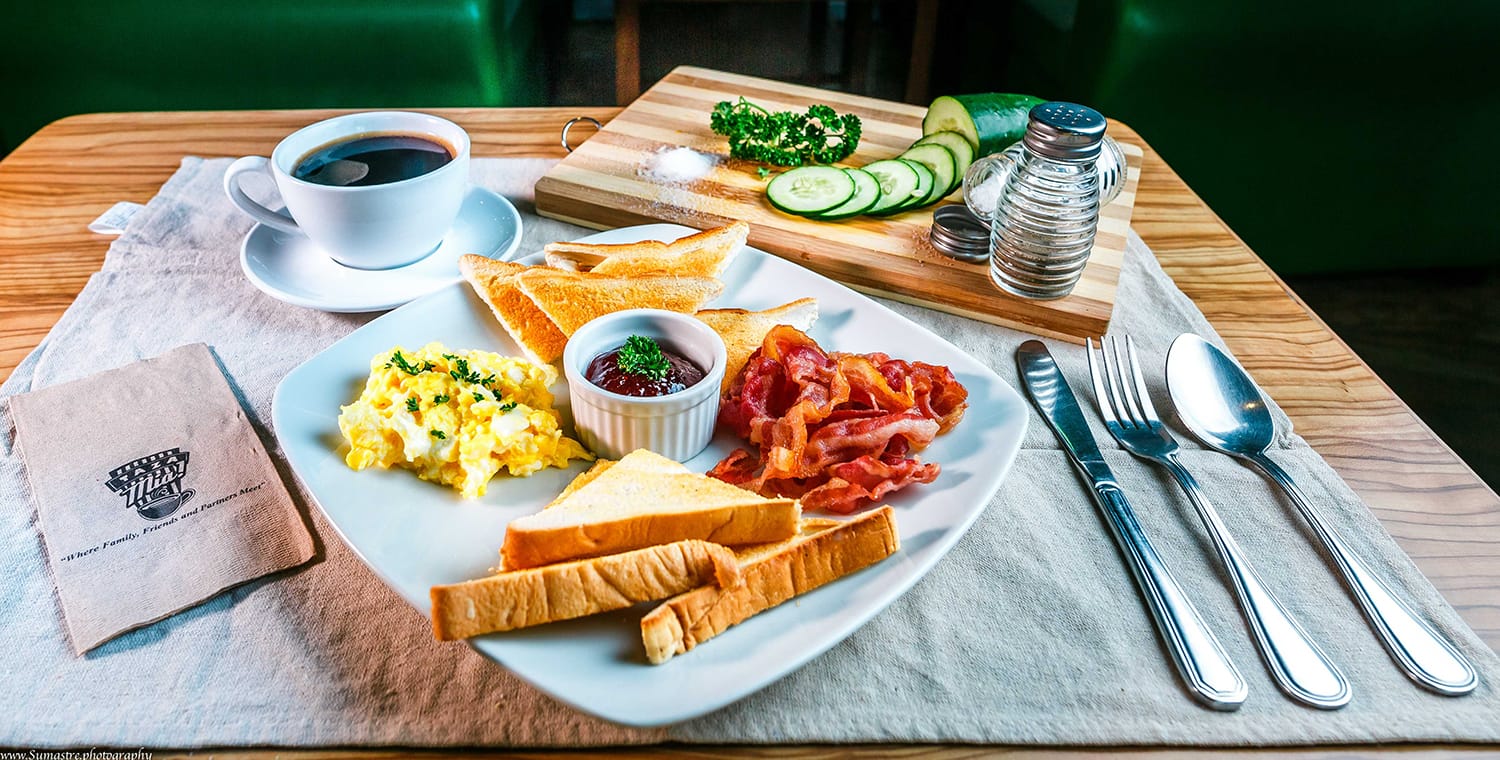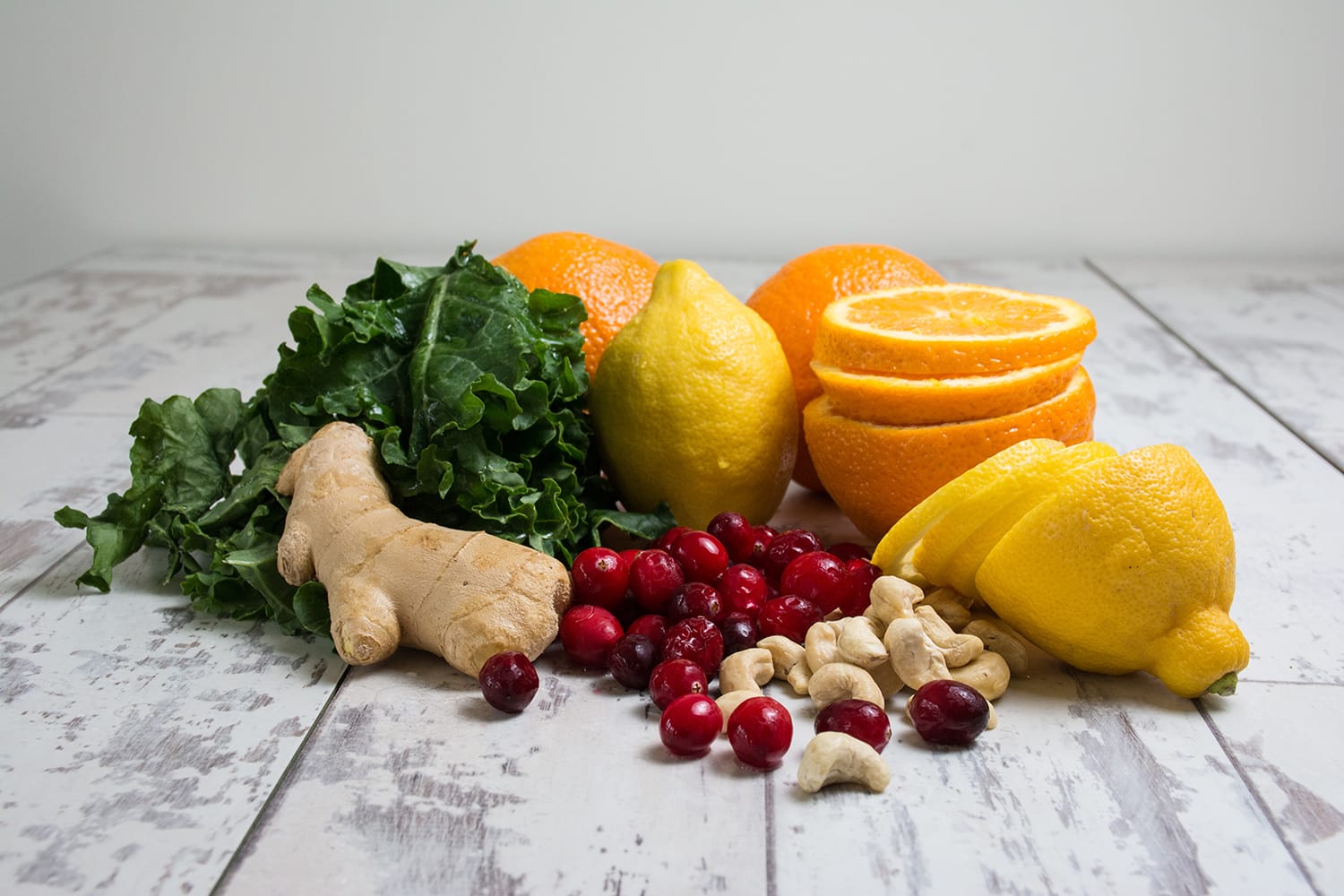Using Wide Angle Lenses In Food Photography
Food photography is becoming more and more popular nowadays. Even restaurant owners have been hiring the service of food photographers, mainly for marketing and social media purposes. As such, it is no wonder that a lot of photographers are now trying to shift their focus to food photography.
But food photography is not just about clicking the camera. Hard work, determination, and creativity are also important. Likewise, a good food photographer needs to have the right camera and gears. Photographing food is not like model shoots or street photography. It can be likened to still life – as the subject is still and can be arranged – but there are some differences, too. For this and many more reasons, using the right camera and lens is essential.

Five Types of Lenses Used In Food Photography
Not all camera lenses are ideal for food photography. To find out which one best suit your food shoot goals, it is important to know what the different types of lenses are used for food photography. In most cases, the choice depends on what kind of effect or end results you want.
Generally, however, the goal should be to find and use a lens that can best capture food at its glorious best in different ways and angles. Here are the five types of lenses most food photographers use:
- Macro Lenses: These lenses are ideal for those who love taking a lot of close up shots of food. For example, if you want people to see breadcrumbs scattered on a plate of bread and assorted fruit jams, you should use macro lenses. However, there are now several cameras that come with macro features. Also, sometimes, taking close up shots of food is not ideal (more about this later). This is why a lot of photographers prefer to just crop out a scene.
- Mid-Range Lenses: These lenses are used if you want to get close to the food but still maintain some distance. An example for this would be taking a photo of food on a buffet table. You won’t be able to get close-up shots of all the, but you can still get good photos that show details.
- Medium Telephoto Lenses: You can get close to your subject and blur out the background (through compression) without distorting anything with the help of a good medium telephoto lens.
- Telephoto Lenses: If your shot involves a lot of spaces but you still want to compress and blur the background, telephoto lenses are ideal. Shooting a plate of green and leafy lettuce on a table filled with plates of colorful fruits will require a telephoto lens to shift the main focus to the lettuce.
- Wide Angle Lenses: In a modern and technology-immersed society, food photography has taken on an additional meaning: flat laying. Simply put, flat laying means arranging your subject/s on a flat surface and shooting them from above. It’s like telling a story by showing people the complete (or wider/bigger) picture. Flat lay photos draw a lot of attention online because they look stylish. Most food photos published on Instagram (taken by both amateur and professional photographers) are flat laid. Creating a good flat lay food photo is possible – and can be easy – if you use wide angle lenses. The camera in your smartphone? Yes, it’s a wide angle lens.
There are several reasons for you to use a wide angle lens in food photography.
Why Choose Wide Angle Lens for Food Photography?
First off, let’s understand what a wide angle lens is. Generally, this is the kind of lens that allows you to capture a wider angle of view. This means you are able to take photo of a table full of food, or a dessert buffet showing various culinary masterpieces. Wide angle lenses can even be wider than what your own eyes can see.

Photo by Michael Gabriel Sumastre
Wide angle lenses have focal lengths of 35mm and below. There are two characteristics that make wide angle lens stand out:
- A wide angle lens can exaggerate the perspective of an image. Thus, objects that are close to the lens will appear nearer than they really are while objects in the distance will appear smaller.
- A wide angle lens provides a better depth-of-field regardless of aperture. Therefore, objects are not only sharp but also within the frame.
If you’ve been using macro lens for food photography for the longest time – because of all the close ups it allows you to take – this should be the right time to experiment with wide angle lenses. There are several advantages in using wind angle when shooting food.
- A wide angle lens allows you to take shots from above; or what is called top down shots or flat lay views. What this means is you do not need to cut photos of long table with a lot of dishes. You can put them together in one shot. In other words, it gives a full table scene (as is without image manipulation). Also, top down shots allows you to arrange a scene, so even if there are dozens of plates or trays on the table, your output will still look stylish and pleasant. This will give you major plus points in terms of creativity and composition.
- A wide angle lens can capture all the elements of food because it is able to capture a wider angle; a wider view.
- A wide angle lens can give more information to the food photo composition. It covers approximately 110 to 60 degrees field of view, which means it is able to give viewers more information about the menu.
- A wide angle lens allows you to take good photos of food in small or limited spaces. A good example of this would be shooting food inside a kitchen with a very limited moving space. With a wide angle lens, you won’t have to worry about where to position yourself or your subjects.
- A wide angle lens gives you more versatility during post-processing of your food photos. It will be easy to crop out those that are not needed while the rest of the picture remains untouched.
- A wide angle lens can give you convenience of adding more elements to your composition. Since, you can easily add more negative space to your image, you can add more pieces to your final photo during post-processing using Photoshop.
Tip: Don’t use ultra-wide angle lenses or those with focal lengths below 20mm (in a full-frame camera). Also, use a wide angle lens that has low-light capability, such as the Sigma 20mm f/1.4 Art. It is ideal when you are shooting inside a restaurant or bar, or when you want to use natural light.

The Disadvantages of Using a Wide Angle Lens
Despite these advantages, though, there are also negative sides to using a wide angle lens for food photography:
- One of the major disadvantages of wide angle lenses is their issues with distortion, especially when they are positioned too close to the subject. This setback, however, can be easily corrected by not moving or shooting too close to the subject.
- Another disadvantage is that wide angle lenses are not capable of taking good close-up or macro shots. If you take a close up shot of your subject, the background will appear soft or blurry (which might be a good thing to some composition). Wide angle lenses have average magnification ratio, which means you won’t be able to take excellent macro shots.
Conclusion
A wide angle lens, such as the Sigma 20mm f/1.4 Art, will help achieve your food photography goals, especially if the intention is to give viewers a full table picture. However, it is important to keep in mind key factors like light source (strobes or natural light), composition or food styling (arranging the subjects), and experimenting on different angles.
